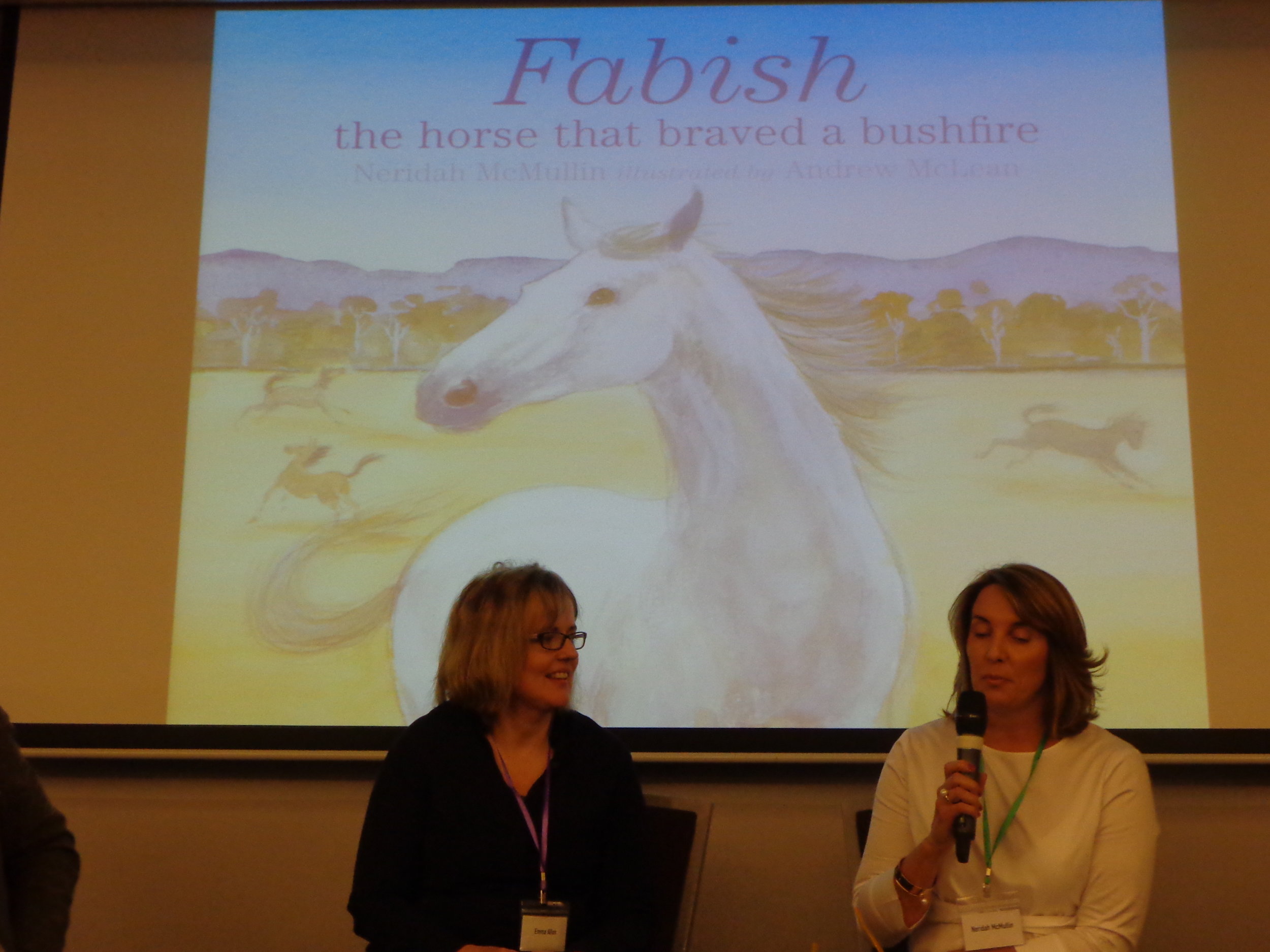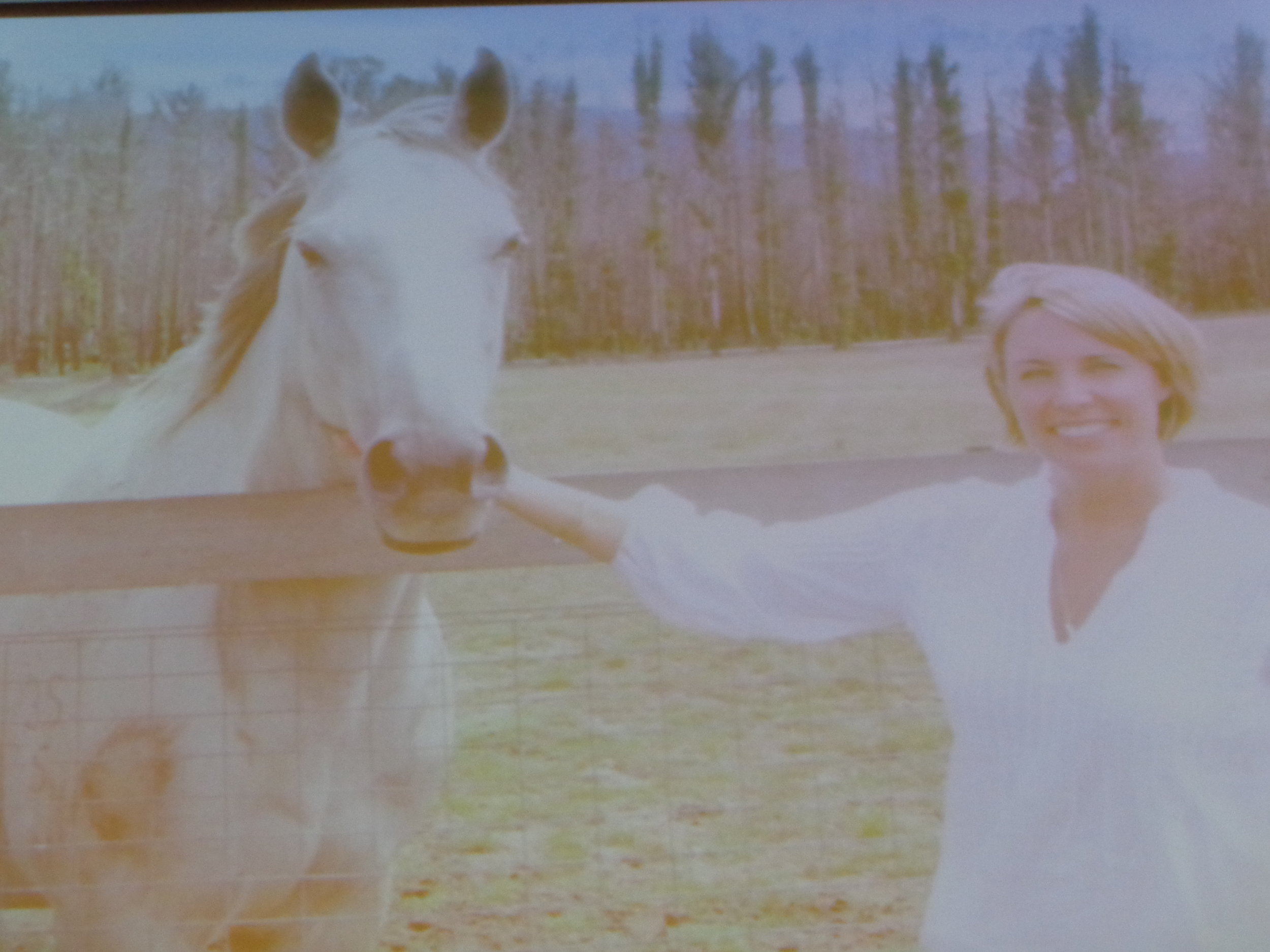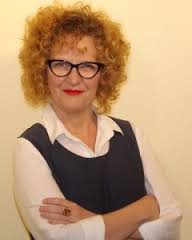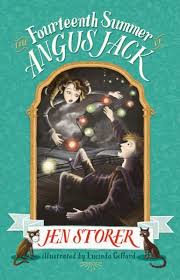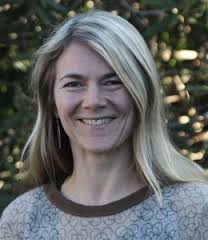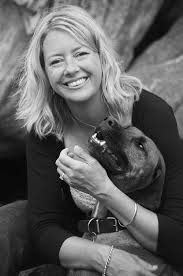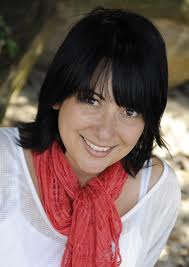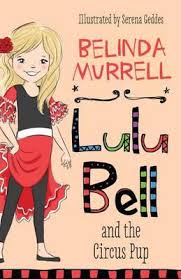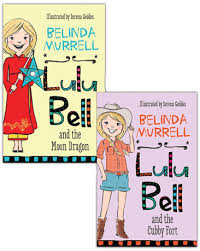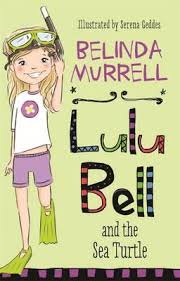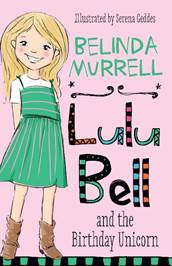International Publishing Session with Mallory Kass (Scholastic USA) in conversation with Suzanne Gervay.
Mallory Kass Commissioning editor for Scholastic USA
Despite a difficult Skype connection, Scholastic USA Senior Editor Mallory Kass gave SCBWI delegates a fascinating insight into the US Market.
Mallory acquires middle-grade and young adult fiction. She particularly loves rich word building, magic in unexpected places and heart-expanding emotion.
However Mallory says the editor of each imprint (Blue Sky Press, Orchard Books, Cartwheel, Arthur Levine etc.) will have their own preferences. She says US agents are adept at placing the work with the right agent. Susanne Gervay asked Mallory if she there are any agents who she particularly loves working and Mallory answered that she will read the work from any agent, even if she doesn’t know them.
“Every author I have has a different agent,” she said.
There is no umbrella submission process for Scholastic USA. It is all about finding the right fit – right manuscript with right imprint.
When Susanne asked Mallory what she is looking for in Middle-Grade and Young Adult, she replied that above all, the storytelling must be compelling Although Mallory says Scholastic USA is experiencing success on every level, she is particularly excited by the possibilities of YA at the moment because of the Adult genre crossover. They also have a lot of middle-grade success due to Scholastic’s strong relationship with schools (book fairs).
Although Scholastic USA is open to Australian creators, Susanne Gervay confirmed Scholastic Australia does look to the USA for their list. Furthermore, regardless of where the story comes from, every office will look at an exciting manuscript with global appeal. According to Mallory, she has a colleague who looks at lists outside the US.
The acquisitions process can be complicated. Mallory’s challenge is to effectively communicate why she is passionate about a manuscript to the different departments within Scholastic (art direction, sales and marketing). If everybody is on board, there is a lot of enthusiasm for the book.
“They take the book very seriously,” she said.
What is your role in the publishing process? How does the pitch go if you love something?
SUSANNE – EK model where the book goes straight to UK and USA. You automatically go into three markets.
How the US classifies genres?
- Picture books aged 3 to 8
- Chapter Books aged 6 to 8
- Middle Grade aged 8 to 12 – (between 30,000 and 65,000 words)
- Young Adult is 13 to 18 – 45,000 to 80,000 words).
Susanne was keen to understand how Mallory approaches the editing process with an author.
“I like to make the character suffer in ways they never imagined. For me, it’s also about the emotional state and make things more urgent. I do three big picture revisions and help the author identify the vision for the story and make sure that vision ends up on the page,” said Mallory.
The editing process normally takes nine months.
“I don’t ever want the author to feel rushed,” she said.
Susanne Gervay asked Mallory if Scholastic USA is open to books with an Australian setting.
“I personally am very open to books set in Australia. We are very proud to publish authors such as Jaclyn Moriarity.”
Susanne also asked Mallory about the relationship between author and publisher. Mallory answered she would never want to reject anything from my authors.
“If it doesn’t fit, I’ll always talk to them about it. I never want to reject anything from my authors, I’ll always talk to them about it. Sometimes, I may not be the best editor for it.”
Regardless, Mallory emphasised the importance of good communication so there is no misunderstandings.
A delegate asked about the category of ‘New Adult’ and whether this is an emerging category.
“Scholastic doesn’t publish New Adult. We publish up to the age of 17/18. I don’t think it’s a category that is going to have continued support. I think it’s a marketing hook.”
Another delegate asked if they expect submissions to be exclusive?
“Submit as widely as you can. It’s assumed.”
Rachel Noble Roving Reporter
#SBWISyd





